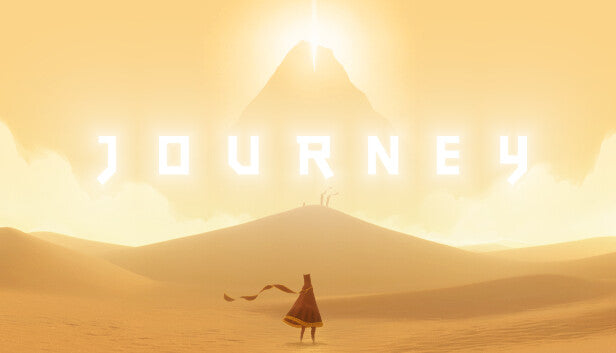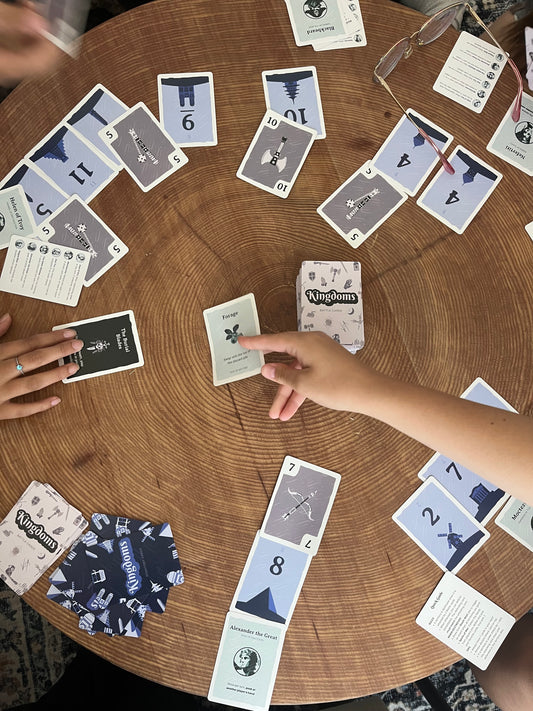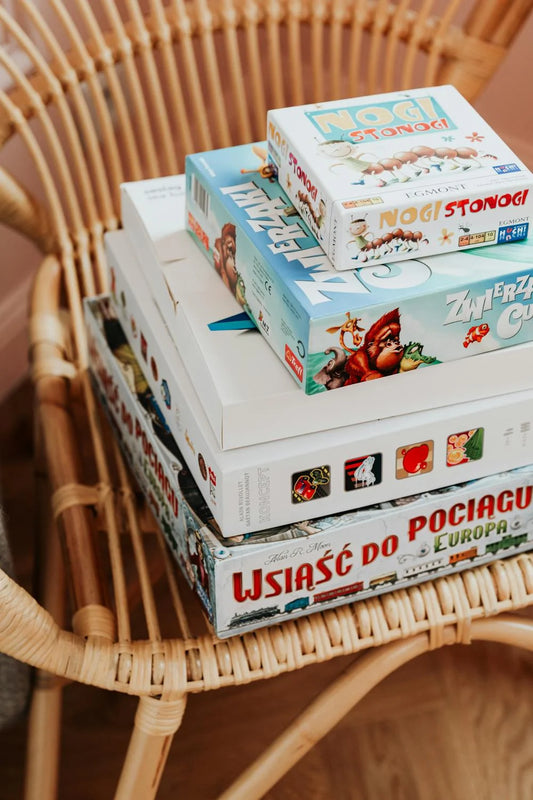Hey Game Afternooners, quick disclaimer this is the first post of many to focus on dissecting some interesting designs and hopefully with your help getting some discussion going on them. I'm going to try to post something like this weekly in hopes that we can UP our knowledge and steal amazing designs AND lessons from people who have already taken the time to figure them out.

INTRO:
Journey is a video game released in 2012 by an indie game studio: ThatGameCompany and published by Sony for the PlayStation 3.
In the game you play as a robed figure in a massive desert traveling towards a mountain in the distance. Overall a very simple premise for the game and the controls are also equally simple:
- Left Analog stick to move
- Right Analog stick to turn the camera
- X to jump
- O to sing a note
There is an emphasis on simplicity in this game that I find very interesting, including a decision to withhold any sort of dialog and UI from the game. (that is a tiny lie because sometimes when you approach something a small piece of UI on the screen will tell you that you need to press the O button in order to activate it)
THE MEAT:
Here is what is very interesting when you get down to it. When you remove UI and dialog from a game, how do you direct a player to go to and accomplish certain tasks? ThatGameCompany answers that question with two solutions that I want to call out (there are certainly others that we can talk about and if you see/hear/feel them please do mention it!)

Difference:
lets open up the game and load up the first level. You're greeted with something similar to this screen above. With this view if I asked you where you were supposed to go, you would probably say something like "I'd probably try to go to the top of that hill I guess" WHICH IS EXACTLY WHERE WE WANT YOU TO GO AND THE MINDSET WE WANT YOU TO HAVE. I want to talk about the mindset part in just a moment but first I want to pull apart why we are drawn to the top of this hill.
So lets consider this "Target" hill in comparison to the hills around it. Each of the hills surrounding you has two key differences from the target hill. The first difference is that they are about 3/4s the height of our target hill and the second is our target hill has something on top of it. Those two differences are what draw us as players to EXPLORE the target hill. Our brains are engineered to notice differences or outliers (something about a natural evolution to survive in a world with predators) and in the scenario of a game, we want to explore those differences. Keep in mind that not only can you use a difference in shape, but also animation and light to really make those pieces stand out as they have done here.
The other key part of the exploration mindset is it will begin to train the player that this is how you should think in this game. If I want a player to explore- don't give them any other options. MAKE THEM EXPLORE DAMNIT. Look at the three things on top of the hill in the image. I'm sure you've subconsciously asked yourself what those are. That's a great question- are they gravestones or something like a marker? I wonder if the game will tell us??? Those were my thoughts when I first started playing and guess where it led me... the top of the hill.

North Star:
Now I want to take you to the top of that intro target hill and show you something amazing. A cinematic start that leads the entire game. This is the mountain that I mentioned in the Intro that you are trying to reach. Naturally you are drawn to this location in part because of the difference from everything else we mentioned earlier, but also because it is draped in light.
Now much like a biblical Christmas story that we are all very familiar with, this can act as our point of reference. We have a goal we are trying to reach and we know generally which direction to go to get there, and if you ever think "Where am I trying to go right now?" all you have to do is look up, find the mountain, and go that way.
It reminds me of some conversations I've had with a coworker with regards to city navigation. How much easier would navigating tunnels in buildings be if we could still see the backdrop of the sky scrappers from within the tunnels. They act as a natural point of reference that signs simply can't convey.

OUTRO:
For the record I have covered in total the first minute of this game. There are far more lessons to gleam from it and also it's just an OUTRAGEOUSLY pretty and fun game and everyone of us can appreciate that.
TLDR (To Long, Didn't Read):
Journey is a game that is incredible at giving us navigation without us knowing we have fallen for its trap. Through differences via light, animation, shape, and color we are led to the next waypoint of the game without even knowing, and better yet, thinking that we discovered it on our own. It also uses a mountain in the distance draped in light to act as a north star or a guiding light for the player to reference until they arrive so a player never feels lost or confused.
Thank you for coming to my TED Paragraph and until next week It's Ya Boi Steve Michie.




